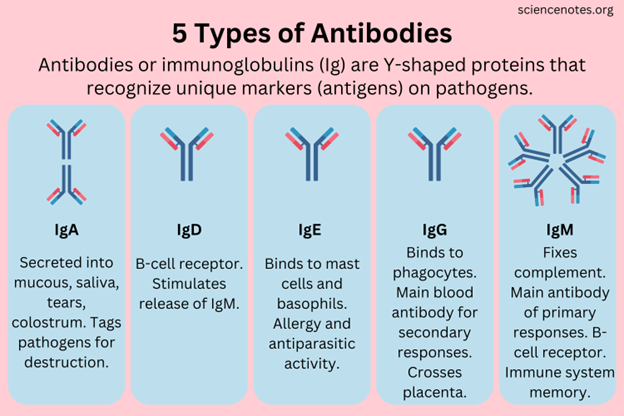A patient has been ordered azithromycin [Zithromax] and asks the nurse why the medication does not have to be taken as often as other antibiotics that have previously been ordered. What is the nurse's best response?
"This drug has a longer duration of action than some of the other antibiotics."
"This is a much more effective drug than what you received previously."
"I'll call the pharmacy and ask about the chemical makeup of the drug."
"You'll need to ask your healthcare provider questions like that."
The Correct Answer is A
A. "This drug has a longer duration of action than some of the other antibiotics."
Explanation: Azithromycin, a macrolide antibiotic, has a longer half-life in the body compared to some other antibiotics. Half-life refers to the time it takes for half of the drug to be eliminated from the body. A longer half-life means the drug remains effective for a longer duration, allowing for less frequent dosing.
B. "This is a much more effective drug than what you received previously."
Explanation: While azithromycin is effective against a wide range of bacterial infections, it's not accurate to say it's universally more effective than other antibiotics. The choice of antibiotic depends on the specific type of infection and the susceptibility of the bacteria causing it. Effectiveness varies based on the context of use.
C. "I'll call the pharmacy and ask about the chemical makeup of the drug."
Explanation: While understanding the chemical makeup of drugs is important for healthcare professionals, it might not directly answer the patient's question about the dosing frequency. Explaining the drug's pharmacological properties, such as its duration of action, would provide a more relevant and understandable response to the patient's query.
D. "You'll need to ask your healthcare provider questions like that."
Explanation: This response does not provide the patient with the information they seek. Nurses are valuable resources for medication-related questions and should strive to provide accurate and understandable explanations to patients.
Nursing Test Bank
Naxlex Comprehensive Predictor Exams
Related Questions
Correct Answer is A
Explanation
Vancomycin is often administered over at least 60 minutes to reduce the risk of infusion-related reactions, such as "Red Man Syndrome," which is characterized by flushing, rash, and itching. This reaction is caused by the rapid infusion of vancomycin, leading to the release of histamine.
Correct Answer is A
Explanation
A. IgG: Immunoglobulin G (IgG) is the most abundant antibody in the bloodstream and represents about 75% of all the antibodies in the body. It provides long-term immunity because it can persist in the bloodstream for a long time. IgG antibodies are involved in secondary immune responses and are capable of crossing the placenta, providing passive immunity to newborns.
B. IgE: Immunoglobulin E (IgE) is associated mainly with allergic reactions. When the body is exposed to an allergen, it triggers the release of IgE, leading to the symptoms of an allergic response, such as sneezing or itching.
C. IgM: Immunoglobulin M (IgM) is the largest antibody and is usually the first antibody produced during an initial exposure to an antigen. It is particularly effective at agglutination (clumping together) of pathogens.
D. IgA: Immunoglobulin A (IgA) is found in high concentrations in mucous membranes, particularly those lining the respiratory passages and gastrointestinal tract. It provides localized defense against pathogens. IgA antibodies are also found in saliva, tears, and breast milk, providing immunity to infants.

Whether you are a student looking to ace your exams or a practicing nurse seeking to enhance your expertise , our nursing education contents will empower you with the confidence and competence to make a difference in the lives of patients and become a respected leader in the healthcare field.
Visit Naxlex, invest in your future and unlock endless possibilities with our unparalleled nursing education contents today
Report Wrong Answer on the Current Question
Do you disagree with the answer? If yes, what is your expected answer? Explain.
Kindly be descriptive with the issue you are facing.
